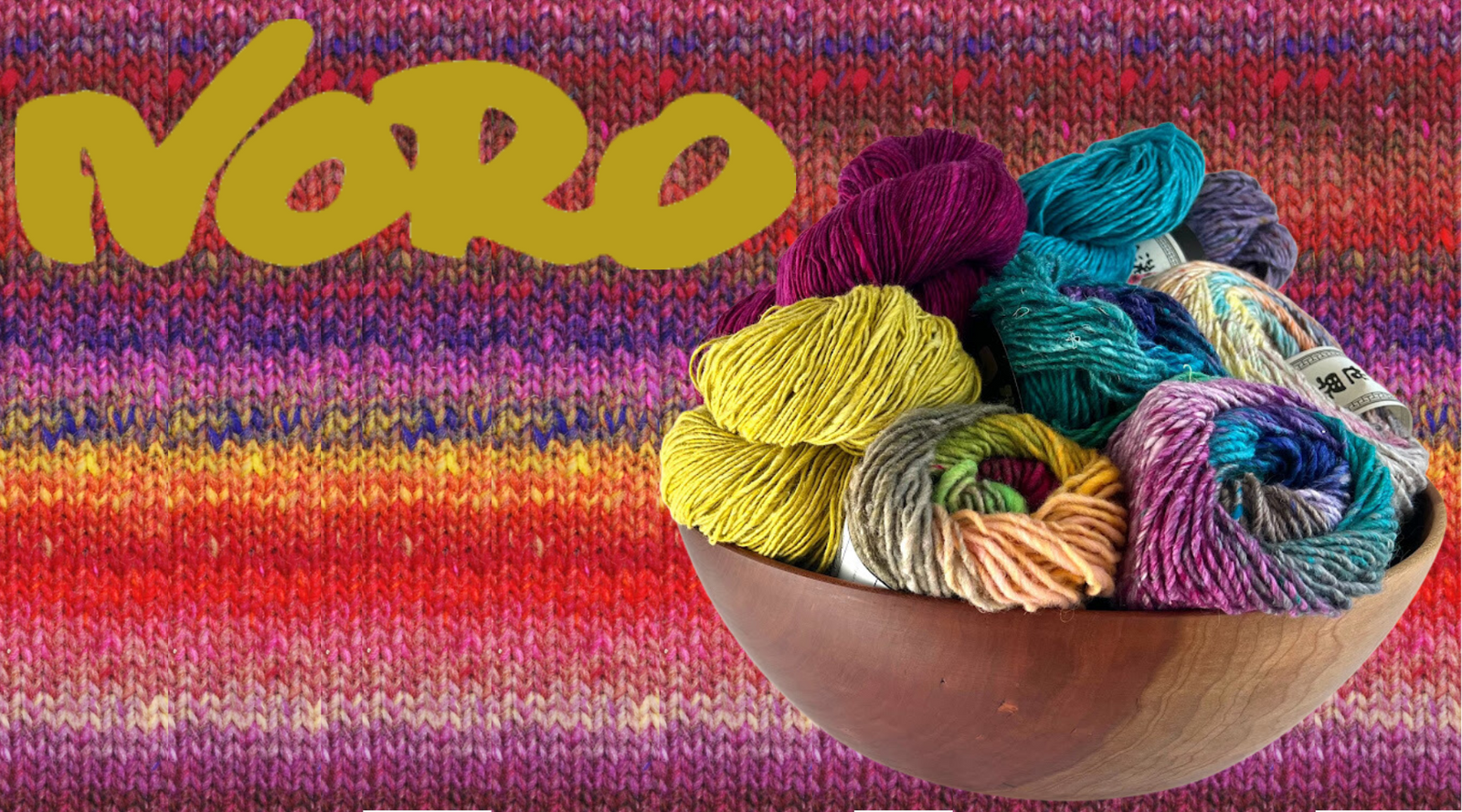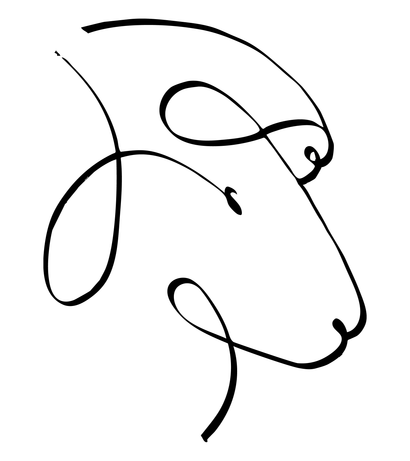Free shipping on all domestic orders over $150
Free shipping on all domestic orders over $150
Shop
Add description, images, menus and links to your mega menu
A column with no settings can be used as a spacer
Link to your collections, sales and even external links
Add up to five columns
Add description, images, menus and links to your mega menu
A column with no settings can be used as a spacer
Link to your collections, sales and even external links
Add up to five columns

Embracing Sustainability: Why Noro Yarns are the Perfect Earth Month Addition
April 17, 2023 2 min read 1 Comment
April is Earth month, but it’s also Noro month. While many spring and summer yarns arrive in early March, Noro is a predictable April arrival - I often wonder if it’s meant to coincide with the cherry trees. I doubt it’s that carefully coordinated, but I await them both with eager anticipation.
It’s fitting, really, that Noro arrives in Earth month, as Noro is one of the most environmentally conscious yarn producers there is. Mr. Eisaku Noro, who passed away last year, built his company around his love of nature. From the inspiration for his colors, to the processing and spinning of the fibers, everything he did was to capture and present the beauty he saw everywhere around him. It’s no wonder his global brand bore the tag line, “the World of Nature.”
Noro is an earthy yarn. People who don’t understand the aesthetic and intent of these special yarns will complain, “There are twigs in Noro yarn.” There aren’t actually twigs in Noro, but it is true that there may, from time to time, be very tiny bits of vegetable matter in the yarn. Why is that?
To understand, let’s look at how fleece is processed into yarn. The first step is scouring, or washing, which removes the dirt the sheep picked up in her fleece while wandering around all winter. The clean fleece is typically
After the scouring, most wool is carbonized, which means soaking the fiber in a strong solution of sulphuric acid to dissolve those remaining bits. Then the yarn must be soaked in an alkaline solution to neutralize it from its acidic state.
Noro skips the carbonizing because the process removes much of the natural beauty of the wool, not to mention being environmentally unfriendly. Mr. Noro insisted that his finished yarns retain the essence of the raw materials from which they were spun. Noro addicts love the yarn’s earthy uneven texture and enjoy picking out a bit of dry hay every now and then as reminders of the animals and natural elements that created the yarn.
Mr. Noro knew his suppliers well and only purchased materials from those farms he had visited personally where he could see and verify that the animals were well cared for. Noro yarns are dyed with minimally impactful dyes and mordants. Everything is done to protect and celebrate the beauty of nature–not because it was demanded by regulations or consumer buying habits, but because it’s who they are and how they believe it should be done.
The passing of Mr. Eisaku Noro has not diminished the company's commitment to environmental protection. His son, Takuo Noro, has been Yarn Production Director for many years and is poised to continue his father's legacy. I am proud to be part of the Noro family.
If you love this, please share
1 Response
Leave a comment
Subscribe
Sign up to get the latest on sales, new releases and more …


Andi Carlson
April 18, 2023
I am almost certain that the yarns are timed for cherry blossoms. As you know, Ellen, April is considered the start of spring in Japan. The schools have their end of school year break and people go on picnics. And the cherry blossoms are a huge deal in Japan. Sakura-me or “Cherry see” is a trip to see the cherry blossoms. It involves sitting on blankets under the trees for a picnic with friends or family.